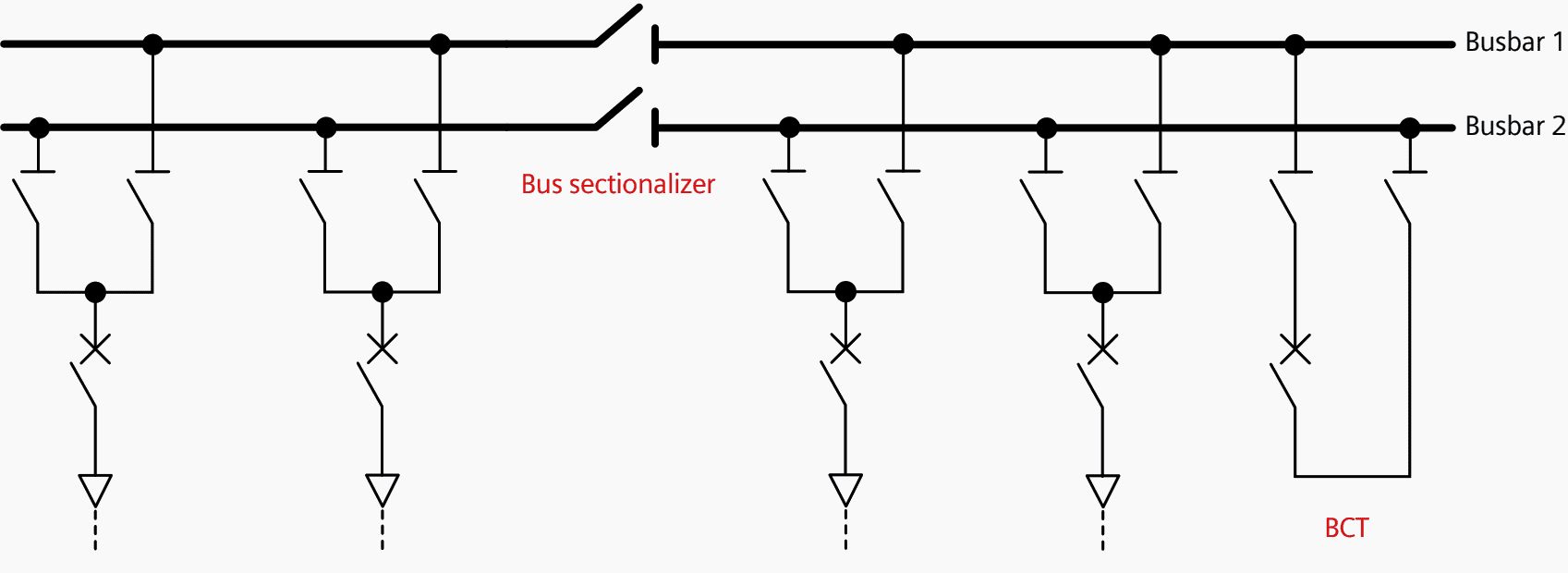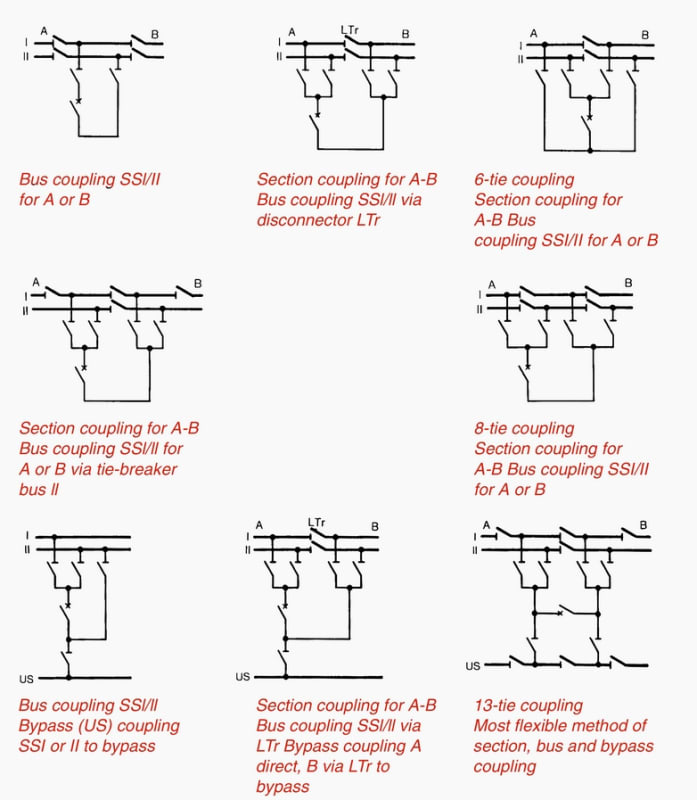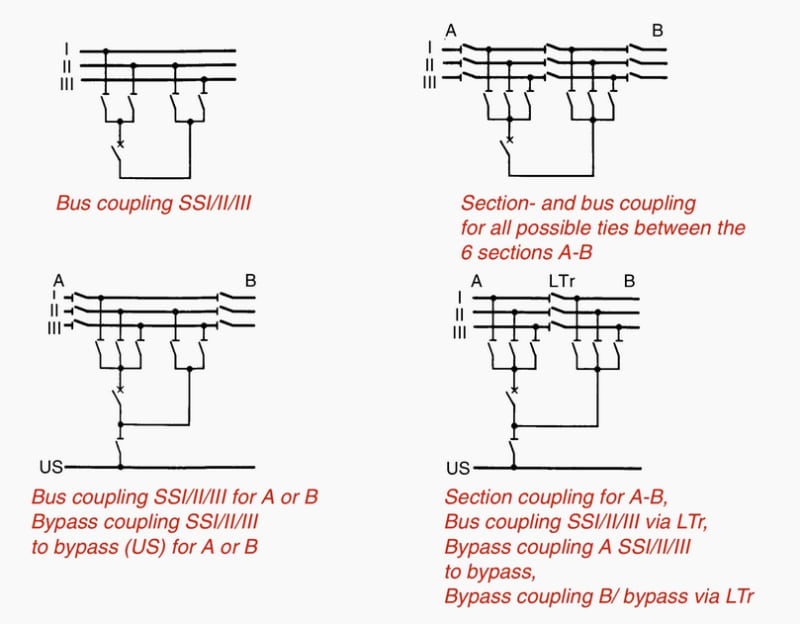mbrooke
Batteries Included
- Location
- United States
- Occupation
- Technician
What benefit is there to having midpoint busbar sectionalizing switches? My calculations show nothing is gained because they can actually reduce the availability of a busbar- however upon looking at manufacture literature and actual substations commissioned in Europe and Asia- half the time its common to have them.






